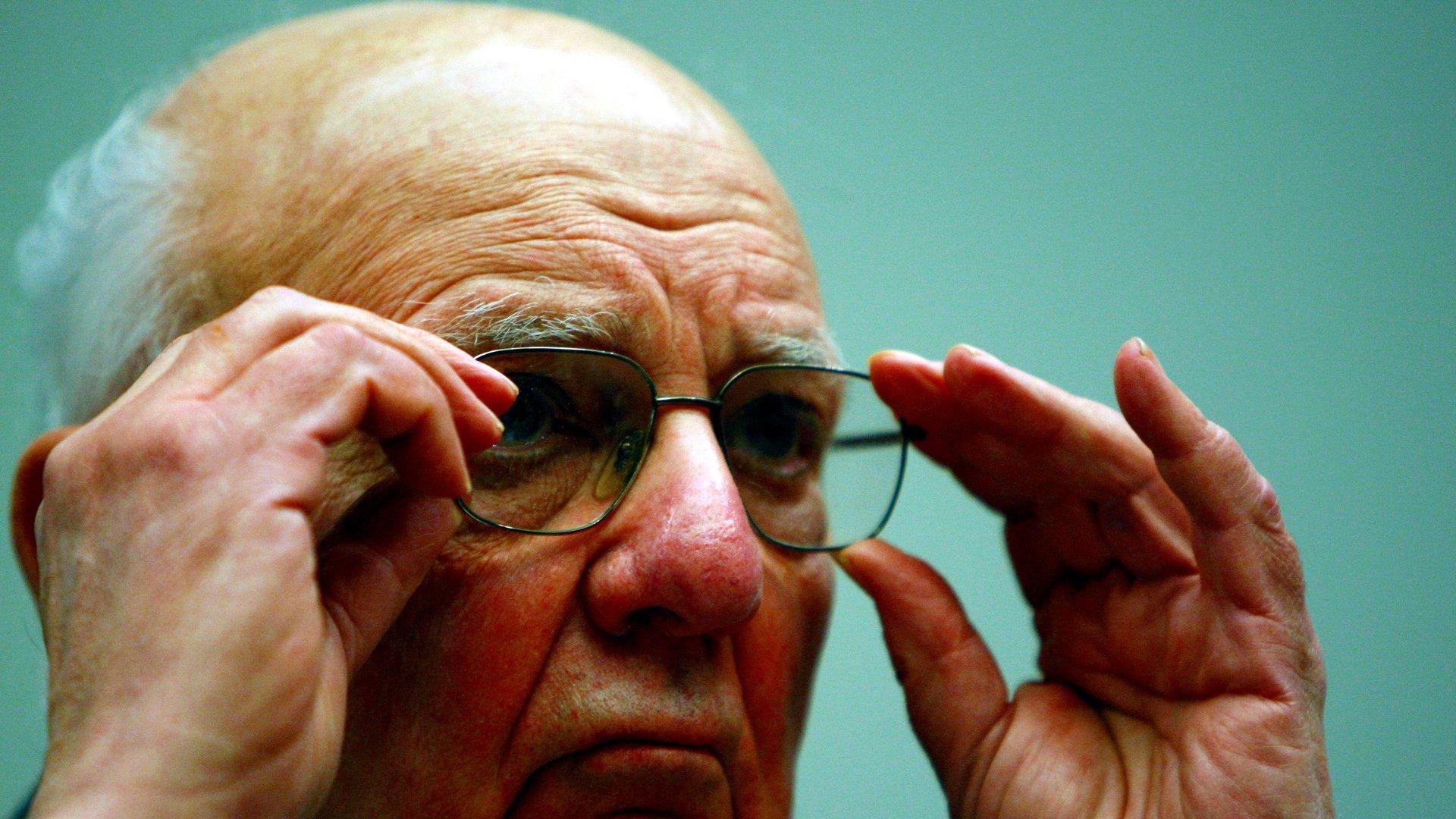Somewhere in these 950 pages may be the trick to prevent future financial crises
A year past deadline, three years after the passage of financial reform, and five years since the crisis, the so-called Volcker rule is settled and is expected to be carved into stone—or printed on 950 pages of paper—on December 10.


A year past deadline, three years after the passage of financial reform, and five years since the crisis, the so-called Volcker rule is settled and is expected to be carved into stone—or printed on 950 pages of paper—on December 10.
The rule, a last minute insertion into the Dodd-Frank financial reform bill promoted by the Wall Street skeptics and the former Federal Reserve chair it’s named after would prevent banks from speculating with money insured by taxpayers. While this kind of speculation didn’t necessarily cause the previous 2008 crisis—the institutions that failed like Bear Stearns and Lehman Bros. were not banks—it exacerbated it: Losses sustained by insured institutions investing in hedge funds contributed to the need for huge public bailouts.
But preventing speculation isn’t as easy as it seems at first glance: Banks, like any other retailer, need to have an inventory of the stuff they sell—securities like bonds and stocks—to meet their customers’ needs. They also make investments to hedge losses against loans they make to lower the risk of losses if something goes wrong.
Banks say both practices are vital to their business that could be blocked by too-tight rules. On the other hand, if regulators wrote the rules too loosely, “proprietary trading” would re-emerge in different guises, and that’s been the major goal of financial industry lobbyists. In recent weeks, US regulators have moved to make the final version stricter.
Consider the example of the infamous London whale trade, which cost JP Morgan $6 billion in losses, plus numerous fines. While the positions taken by the bank were ostensibly hedges, government investigations revealed that they weren’t hedging anything in particular. That’s why language in the final rule requiring banks identify the specific risks they’re hedging is considered a major strengthening of the rule, although it may seem like something of a low bar.
Other provisions cited as strengthening the rule (paywall) would require hedges to not create new risk, and traders not to be paid in ways that would reward speculation. That last rule is a major point of emphasis for reformers, who see big bonuses as a clear incentive for the people who are supposed to be earning money through small mark-ups to find themselves taking speculative positions.
Still, a rule that Wall Street can’t find its way around hasn’t yet been written, and only evaluating the final text and watching the process of enforcement, beginning in 2015, will tell us if it really has achieved its aim of insulating the US public from financial risk. But the progress in recent months does offer one clear message to Wall Street: If you want to gamble, do it at a casino—or a hedge fund.